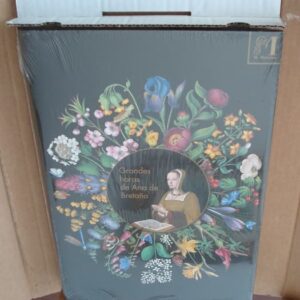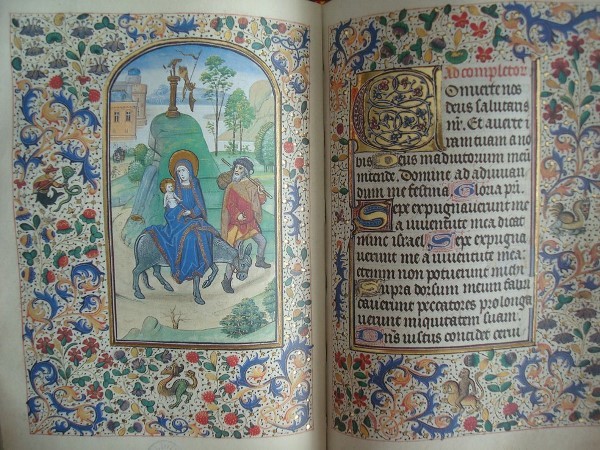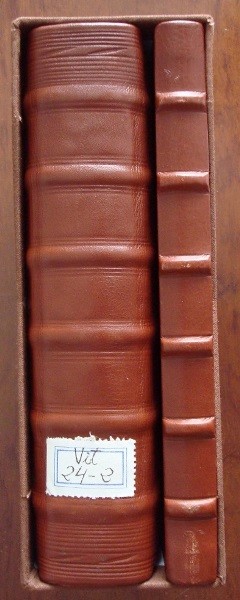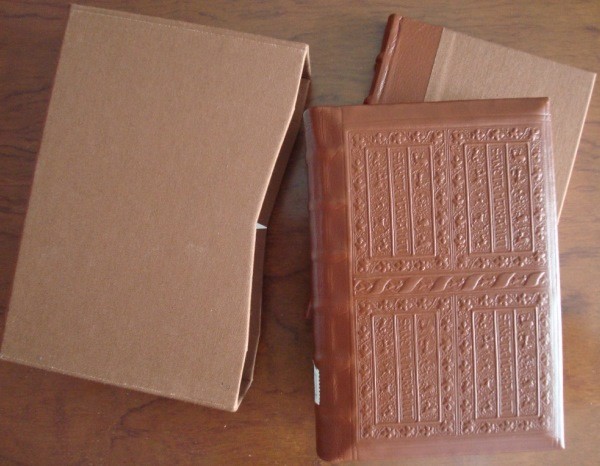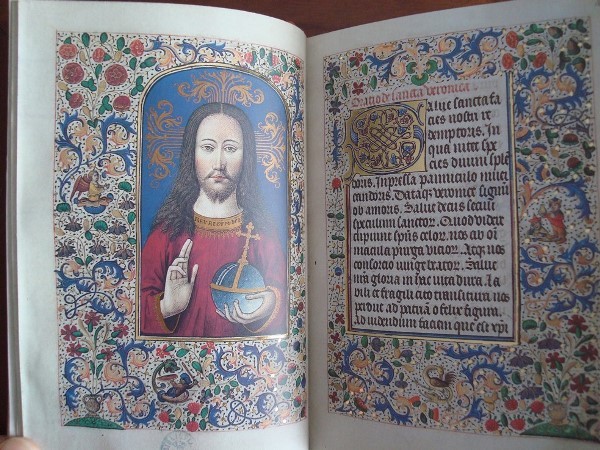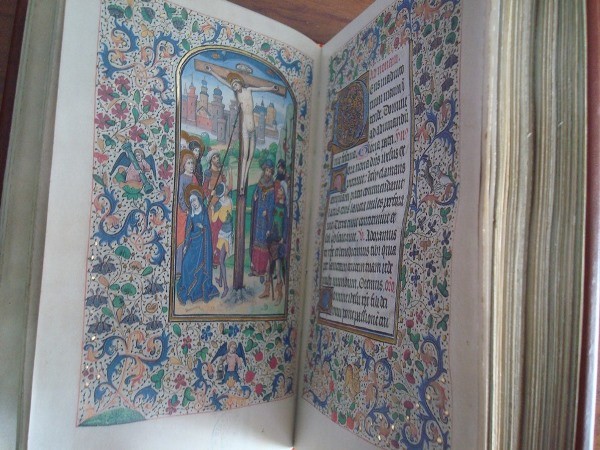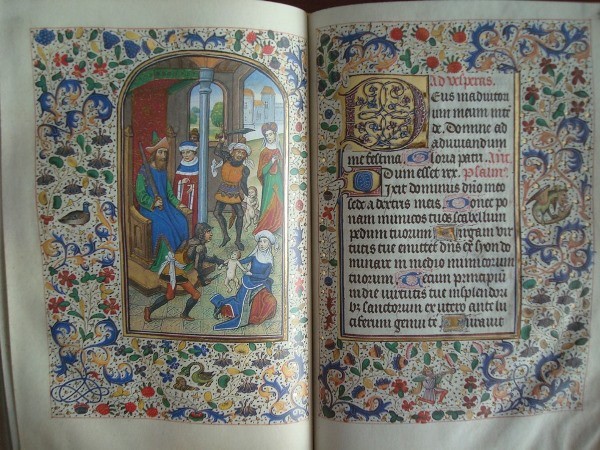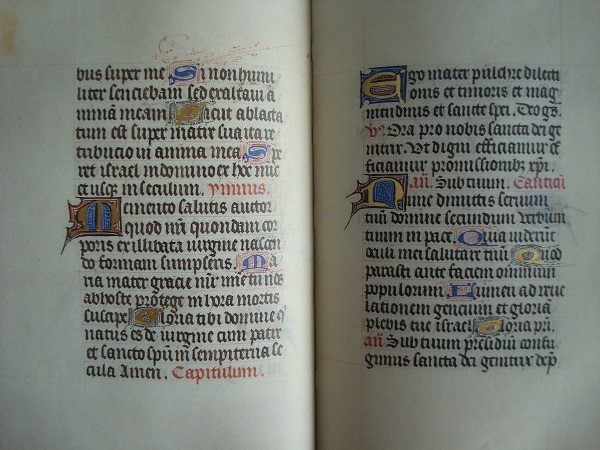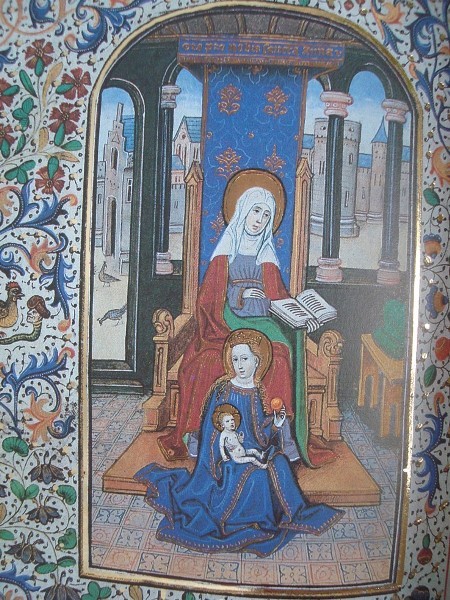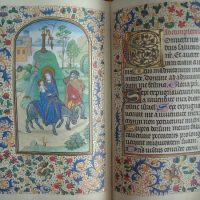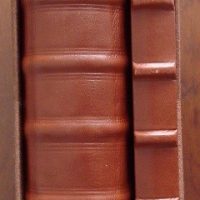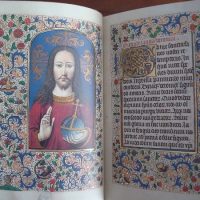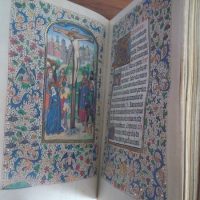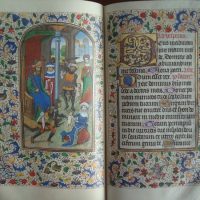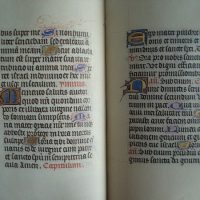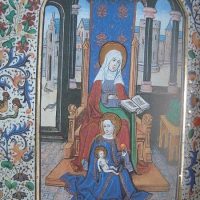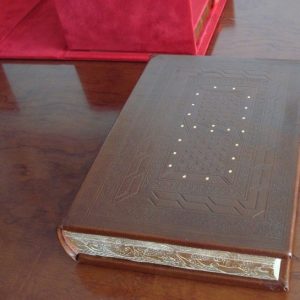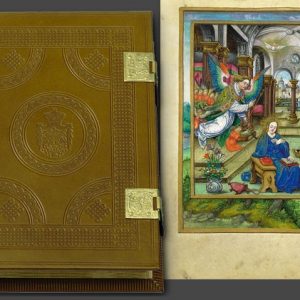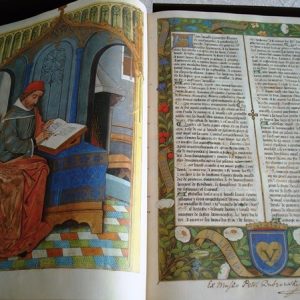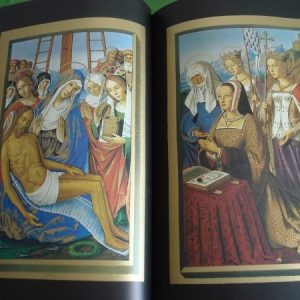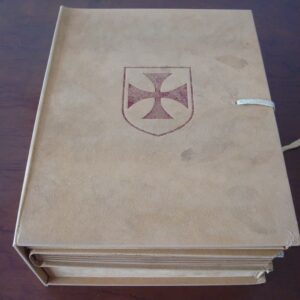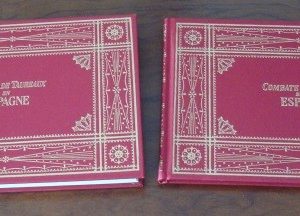Description
Bishop Diego Ramirez de Villaescusa de Haro, ambassador in Flanders, in 1498 sent the manuscript to Garcilaso de la Vega, ambassador to Rome and father of the poet of the same name. Membership is known by an inscription folio 1: “Hic liber habitus magnificent Rome domino Garsie Lasso Serenissimorum regis et regine Hispaniarum Oratori Mittitur former prime Capellano Bruxellis to illustrissime Ioannae Austriae archiducise astoricense elected.”. The poet Garcilaso de la Vega (his son) died still very young as a result of injuries sustained in the assault to the castle of Le Muy in Provence (1536). As fate would have the manuscript pass into the hands of his sister, who takes his name: “These times are very illustrious Dona Leonor de la Vega Ecija..”
The manuscript was made by the Flemish master Guillermo Vrelant (Ultrech 1410 – Bruges 1481) between 1465 and 1470. The artist poured into this codex as purified from a different and peculiar technique, with a very sharp dibujístico character, where characters and objects appear raised as a result of thorough preparation was subjected to the parchment. The full-page miniatures, many and varied, are very homogeneous and superior artistic quality. The fringes, maintained and exquisite, very dense, with very varied vegetables, flowers, little monsters and skits; demonstrating in all the technical compositions unique teacher. Gold, skillfully placed throughout the codex, enriched further illustrations of this beautiful Book of Hours. Full page contains a number of them concerning the life of Christ and the liturgical services; but no less important are the numerous pages of text with large Chapter decorated with gold leaf.
But Vrelant not only shows us here a perfect job, or devotional prayers and liturgy typical of the Books of Hours illustrations but a world of fantasy that lives among the splendid borders; a world of ingenuity and self-assurance of popular traditions, which coexists with the religious theme reverent prayer books.
The manuscript includes Calendar, although it has no illustrations; but the rest of the chapters are extraordinary bill. The Hours of the Cross (f 17r -. 31v) contains 19 miniatures, the first of which ‘Christ Blessing’ and the last ‘San Juan’. The Hours of the Holy Spirit (f 33v -. 50r) containing 6, including the ‘Evangelists’. The Hours of the Virgin (f 52v -. 118V) 9. After 1 is dedicated to the ‘Last Judgment’ (f 119v.), In the Office of the Dead (f 140r -. 182v) 3, including ‘Apocalyptic Virgin ‘(f 182R). Finally, the Suffrage of the Saints (185V – 202R) contains 19 miniatures.
This example of historical chapters that occupy almost half of the writing box gives an idea of the thoroughness of the compositions. By the time dating of the manuscript, William Vrelant chaired the union (or gilda) of Illuminators of Bruges and in his studio could not make a single mistake; as proof that work and others that lit until 1481, the year of his death.
The master illuminator was not allowed to paint; but the thick borders are undoubtedly Vrelant, who used lavishly for lapis acanthus leaves deep blue, in addition to various ochres, reds and greens for the multitude of plants and flowers that invade the borders of the thumbnail. The illustrations, framed with gold leaf, seem to me like scenes seen in the background through a window, giving the feeling of relief. Vrelant uses optical effects as a challenge to the viewer in a guessing game; it must concentrate the view slowly to discover between decoration a series of small animals and monsters hidden among the leaves and pixies.
Facsimile format 14.5 x 20.5 cm. 406 pages. Binding artisanal goat skin the same color as the original, and beautifully embossed on wood.
Book up study of 160 pages, format 14.2 x 20.2 cm., Bound in leather to match back facsimile and web publishing.
Both books in case open format 14.5 x 21 x 7.5 cm. Total weight 1,868 grams.
2000 edition, exhausted long ago, numbered by notarial act and limited to only 500 copies.
Shipping by the buyer, upon request and destination. Ask us any questions and any other fax you are looking for.




